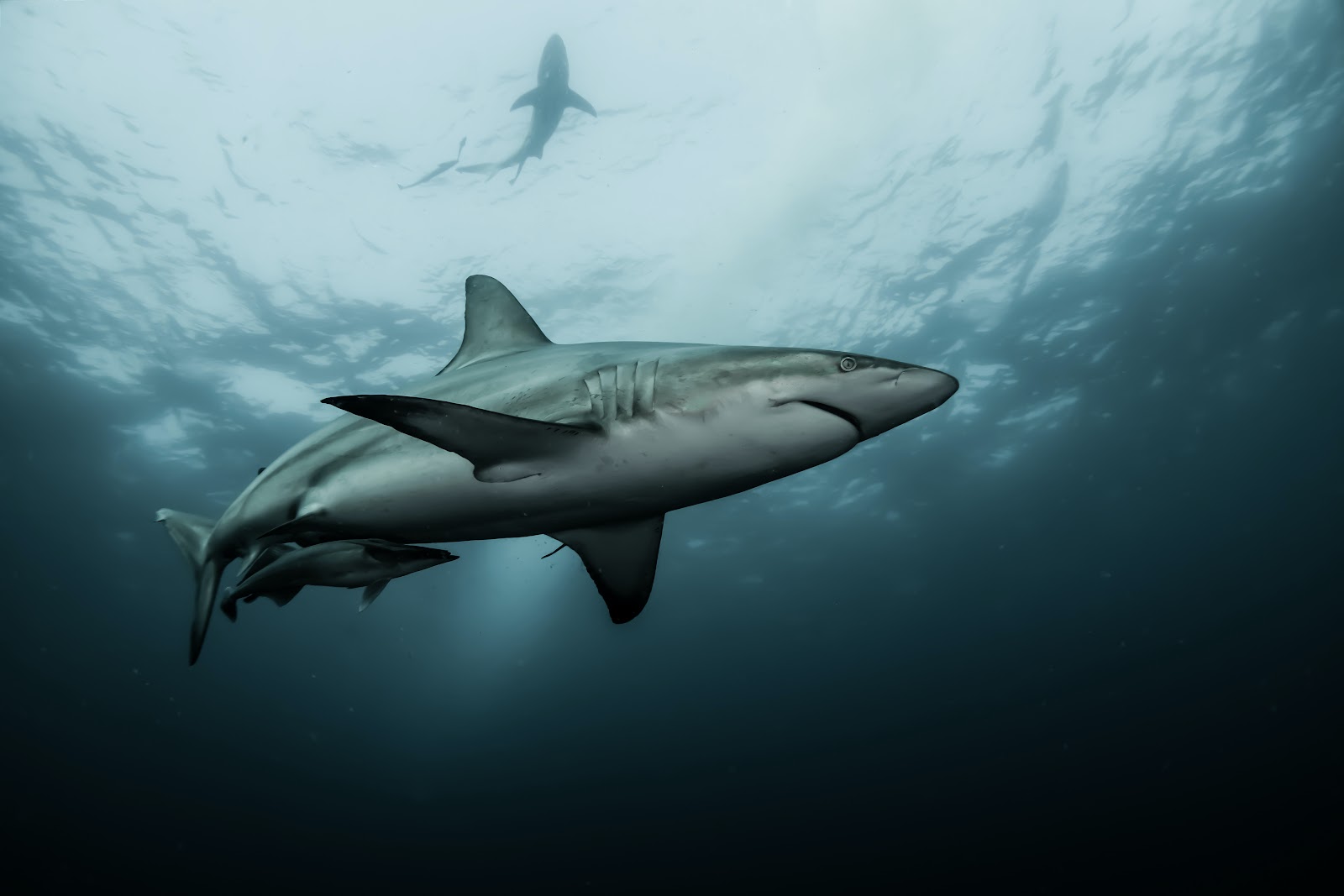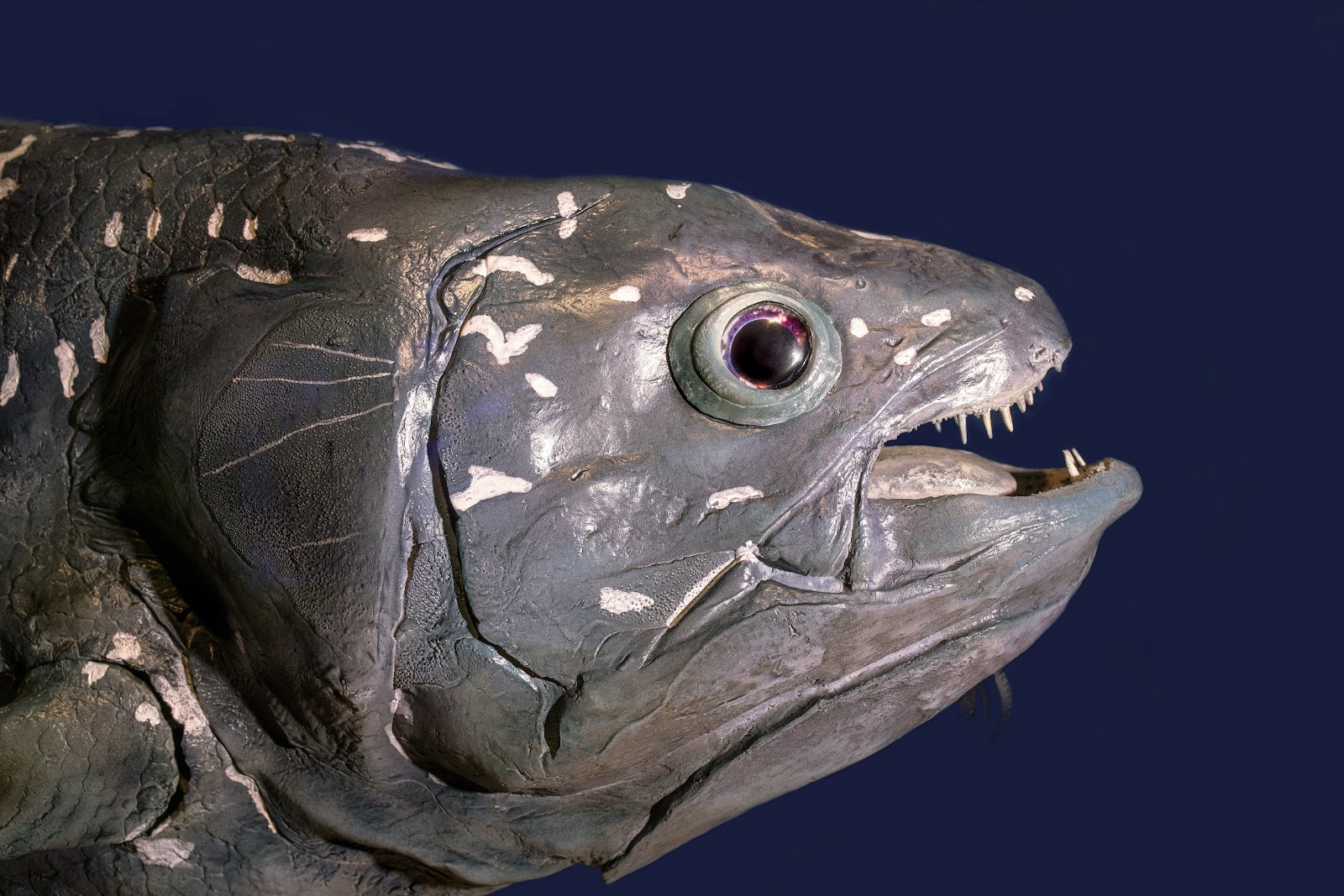Introduction:
The Earth is home to many ancient animals that have been
around for millions of years, surviving multiple extinction events and adapting
to changing environmental conditions over time. Some of these animals, such as
crocodiles and turtles, are still found today and play important roles in maintaining
the biodiversity of their ecosystems. Others, such as the coelacanth and
horseshoe crab, are more mysterious and enigmatic, providing researchers with
valuable insights into the evolution of life on Earth. In this article, we will
explore some of the most ancient animals that still exist today and the
important roles they play in the natural world.
Crocodiles:
Today, there are 23 species of crocodiles that are found in
various parts of the world, from the saltwater crocodile in Australia to the
American crocodile in Central and South America. Crocodiles have a number of
adaptations that make them successful predators, including powerful jaws, sharp
teeth and the ability to hold their breath underwater for extended periods of
time.
Despite their ancient origins, crocodiles are still an
important part of many ecosystems and play a crucial role in maintaining
biodiversity. Studying these ancient reptiles can provide insights into the evolution
of life on Earth and how species adapt to changing environments over time.
Sharks:
Today, there are over 500 species of sharks that are found
in every ocean around the world. Sharks are characterized by their
cartilaginous skeletons, streamlined bodies and sharp teeth. They are apex
predators and play an important role in maintaining healthy marine ecosystems.
Sharks have undergone many adaptations over time, including
the development of electroreceptors that help them detect prey and the ability
to regulate their buoyancy using their liver. They also have a unique immune
system that allows them to heal quickly from injuries.
Studying ancient sharks can provide valuable insights into
the evolution of vertebrate life and how species adapt to changing
environmental conditions over time. Despite their ancient origins, sharks
remain a vital part of marine ecosystems and are important to the health of the
planet.
Turtles:
Today, there are around 300 species of turtles that are
found in every continent except Antarctica. Turtles have undergone many
adaptations over time, including the ability to retract their heads and limbs
into their shells for protection and the development of specialized beaks for
eating different types of food.
Turtles play an important role in many ecosystems, from the
oceans where sea turtles help maintain healthy seagrass beds, to the land where
tortoises act as seed dispersers. Unfortunately, many turtle species are
threatened with extinction due to habitat loss, pollution and over-harvesting
for food or the pet trade.
Studying ancient turtles can provide valuable insights into
the evolution of reptiles and how species adapt to changing environmental
conditions over time. Protecting modern turtle species is crucial for
maintaining the diversity and health of our planet's ecosystems.
Coelacanths:
Coelacanths are characterized by their unique anatomy, which
includes several features that are more commonly seen in land animals, such as
a lobe-shaped tail and paired fins that resemble limbs. They also have a
specialized organ called the rostral organ that is believed to help them detect
prey in the dark depths where they live.
Studying coelacanths can provide valuable insights into the
evolution of vertebrates and how species adapt to changing environmental
conditions over time. Despite their ancient origins, coelacanths remain a
mysterious and enigmatic species and much is still unknown about their behavior
and biology.
Horseshoe crabs:
Today, there are four species of horseshoe crabs that are
found in the Atlantic and Indian oceans. Horseshoe crabs have a hard
exoskeleton and a distinctive horseshoe-shaped shell. They are important to the
medical industry because their blood contains a compound that is used to test
for bacterial contamination in vaccines and medical equipment.
Horseshoe crabs play an important role in marine ecosystems,
serving as prey for birds and sea turtles and helping to maintain healthy
beaches by stirring up sediment and providing a food source for shorebirds.
Studying ancient horseshoe crabs can provide valuable
insights into the evolution of arthropods and how species adapt to changing
environmental conditions over time. Despite their ancient origins, horseshoe
crabs remain an important part of our world today.
Conclusion:
Ancient animals have much to teach us about the history of
life on Earth and how species adapt to changing environmental conditions over time.
From the crocodile, with its powerful jaws and ability to hold its breath
underwater, to the horseshoe crab, with its important role in the medical
industry, these animals are a testament to the resilience and adaptability of
life. By studying these ancient creatures, we can better understand our
planet's past, present and future and work to protect and preserve the
diversity and health of our natural world.





Comments
Post a Comment